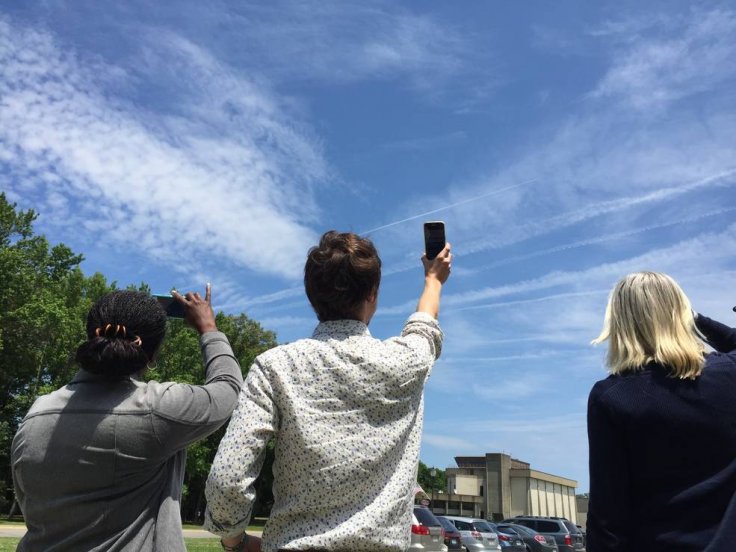
If you are one of those people who love to gaze at the clouds and admire nature's creativity, then here's your chance to participate in NASA's citizen science cloud observation challenge.
As a part of its GLOBE Programme, which is an international science and education programme beginning March 15 through April 15, the National Aeronautics and Space Administration (NASA) is inviting citizen scientists of all ages to take part in this competition.
Scientists, who will participate in the challenge can make up to 10 cloud observations per day using the GLOBE Observer app or one of the other data entry options (for trained GLOBE members).
"The GLOBE Programme is offering this challenge to show people how important it is to NASA to have citizen scientist observations, observations from the ground up," Marile Colon Robles, from NASA's Langley Research Centre in Virginia, US, said in a statement.
"We're going from winter to spring, so the types of storms will change, which will also change the types of cloud," Robles added.
The challenge participants with the most observations will be congratulated by a NASA scientist in a video posted on the GLOBE Programme's website and on social media.
Researchers use, and value, this citizen science cloud data because it helps to validate data from Earth-observing instruments. Scientists at Langley work with a suite of six instruments known as the Clouds and the Earth's Radiant Energy System (CERES).
Citizen science observations are especially needed now because scientists are starting to verify data from a new CERES instrument. CERES FM6 launched to orbit Nov. 18, 2017 and began taking measurements Jan. 5.
"Looking at what an observer recorded as clouds and looking at their surface observations really helps us better understand the images that were matched from the satellite," Robles said.
However, the space agency has clarified that one does not need to be a cloud-gazing pro to participate in this challenge. For those who want to be part of the challenge but don't have a lot of experience identifying clouds, Robles offers the following advice: "Just go outside".
She added that the more clouds the participants observe, the more comfortable they will be in collecting data.
People, who are interested to participate in the NASA's citizen science cloud observation challenge, can visit the official website of NASA (https://www.nasa.gov/) or have a look at the Globe Program.









